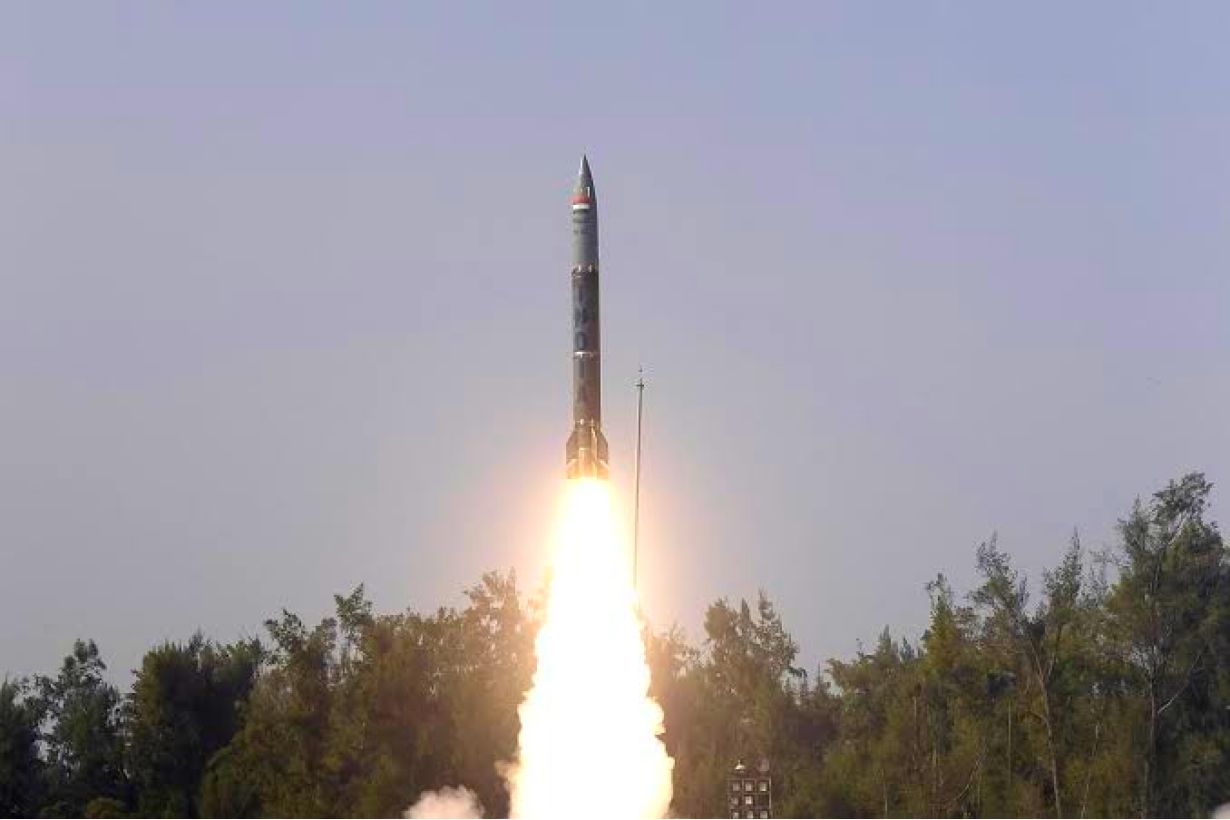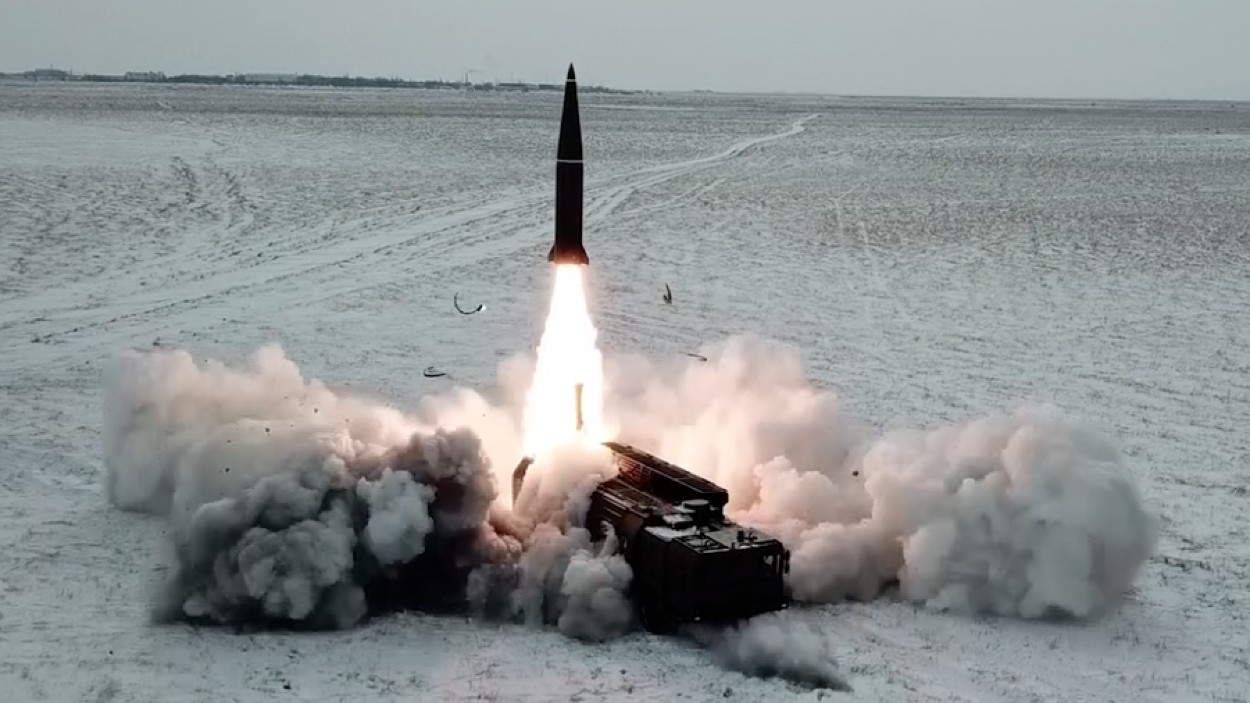Armenia’s reported interest in acquiring India’s Pralay missile is a great opportunity for India. A Pralay export contract following the export of the Brahmos missile will likely bolster DRDO’s image as a missile exporter.
Indeed, the DRDO has acquired the capability to develop all types of missiles through decades of sustained effort, and it’s time to capitalize on this painstakingly acquired capability.
Considering that the percentage of indigenous content in the Pralay missile would be much higher than the percentage of indigenous content in the Brahmos variant exported to the Philippines, India’s earnings per missile would be much higher.
Forget J-20, China’s H-20 Stealth Bomber Threatens ‘Easy Penetration’ Of LAC; How Can IAF Respond?
Armenia Seeks To Counter Azerbaijan’s LORA Missile
Armenia reportedly wants to acquire the Pralay to counter the capability acquired by Azerbaijan through the purchase of LORA (Long Range Artillery) ballistic missiles developed by Israel Aerospace Industries.
LORA is a theatre quasi-ballistic missile with a range of 400 kilometers and a CEP (Circular Error Probability) of 10 meters when using a combination of GPS and TV for terminal guidance.
The Pralay is a mobile canister-based surface-to-surface SRBM (Short-Range Ballistic Missile) with a range of 150-500 km. It was developed from the Prithvi AD missile of DRDO’s BMD system.
The missile navigates to its target using inertial guidance. It can be controlled throughout its flight.
The Pralay features a radio frequency (DSMAC—Digital Scene-Matching Area Correlation) seeker for terminal guidance. The missile is fitted with an indigenously developed Fused Silica Radar Dome (RADOME).
At Par With HIMARS! Why Indian Pinaka MBRLS For Armenia Is Giving Sleepless Nights To Azerbaijan
Iskander Analog
In many ways, Pralay is an analog of Russia’s Iskander-M missile, which has proven very effective in Ukraine. Besides similar range and (quasi ballistic) trajectory characteristics, the Pralay and Iskander have similar accuracy of around 10 m CEP.
The Iskander-M uses optical or radio frequency DSMAC guidance.
Terminal Manoeuvring
The Pralay missile features a jet vane system for thrust vector control, suggesting that the missile can perform evasive maneuvers in the terminal phase of flight. It is possible that the Pralay, like the Iskander-M, can also release decoys to frustrate adversary air defense systems.
Quasi-Ballistic Trajectory
Quasi-ballistic missiles are much more difficult to intercept than ballistic missiles, such as the Prithvi tactical missile currently equipped with missile units of the Indian Air Force and the Indian Army.
The flight path of a ballistic missile is predictable, based on its trajectory at the time of rocket motor burnout. A quasi-ballistic missile switches from a ballistic to a flat trajectory following launch.
The switch facilitates maneuver and lowers the radar horizon for adversary radars, thereby delaying detection and making the flight path unpredictable. At long range, if you cannot predict the flight path of a missile, you cannot engage it with an air defence missile.
The combination of high speed, quasi-ballistic trajectory, and terminal maneuvering makes the missile nearly impossible to intercept, as is the case with the Iskander-M.
The Pralay, powered by a solid propellant rocket motor, never leaves the atmosphere and follows a flat trajectory. It weighs 5t, with the propellant weight being nearly 3t.
The missile can feature different types of warheads, including PF (Pre-fragmented), Monolithic PCB (Penetration cum blast), and Submunition PCB.
The Pralay missile features two sets of small fins to reduce its radar signature.

Acquisition Plans
The Russian Iskander-M missile’s spectacular performance in Ukraine has likely prompted the MoD and DRDO to accelerate its development and acquisition.
ANI reported on December 25, 2022, that the MoD has cleared the procurement of around 120 Pralay ballistic missiles for the Indian armed forces.
“A high-level meeting of the Defence Ministry cleared the acquisition of around 120 missiles for the armed forces and their deployment along the borders,” senior defense sources told ANI in New Delhi.
The missile would be first inducted into the Indian Air Force. It’s likely that the Indian Army will also acquire the missile.
Both Indian adversaries, across the LoC and LAC, have capable air defense systems. It will be difficult for India to strike targets deep behind the battlefront using either manned aircraft or cruise missiles.

Conclusion
Dramatic improvements in the efficacy of modern air defense (AD) systems have made strikes by manned aircraft in contested airspace much more perilous than before.
One of the important lessons of the ongoing war in Ukraine is that tactical ballistic missiles are more effective for battlefield interdiction, counterair, and strategic strikes than air-launched cruise missiles.
In Ukraine, even low-flying Russian stealth cruise missiles have faced high attrition rates when transiting through contested airspace.
For relatively small countries such as Armenia, tactical ballistic missiles are a better and cheaper option to deter adversaries than deploying fighters with cruise missiles.
Armenia may be the first country to express interest in an Indian tactical ballistic missile, but it likely won’t be the last. It’s not yet known if India has shown interest in exporting the missile.
India has yet to acquire the Pralay for use by its own forces. ANI reported on December 25, 2022, that MoD has cleared the procurement of around 120 Pralay ballistic missiles for the Indian armed forces
So far, there have been no reports of contract signing.
Interestingly, according to reports, during Aero India in June 2023, India’s Bharat Electronics signed a Memorandum of Understanding with Israel’s IAI to produce the LORA in India under license.
- Vijainder K Thakur is a retired IAF Jaguar pilot, author, software architect, entrepreneur, and military analyst.
- VIEWS PERSONAL OF THE AUTHOR
- Follow the author @vkthakur




